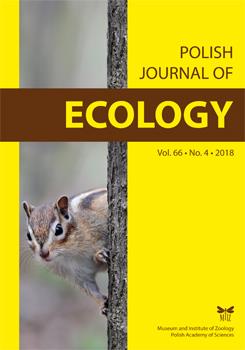Aquatic ecosystems are receivers for various pollutants, for instance, Chromium (Cr, one of the toxic heavy metals) and phosphorus (one of the biggest causes of water eutrophication). Such contaminants have brought serious impact on health and security of aquatic ecosystems. Physiological integration between the integrated ramets of clonal plants can increase their tolerance to environmental stress. It is hypothesized that physiological integration and phosphorus could facilitate the expansion of amphibious clonal plants from soil to Cr-polluted aquatic habitats. This study was conducted to primarily examine how physiological integration and phosphorus affected the effects of Cr on plant growth and population expansion. An amphibious clonal herbaceous plant Alternanthera philoxeroides was used to simulate the spread process by induced stolon connection or disconnection, Cr pollution and different levels of phosphorus in aquatic habitats. We found that Cr pollution deployed to apical ramets directly decreased the growth and photosynthetic parameters of the apical ramets that lacked connections to the basal ramets, but these effects could be mitigated by stolon connections. Cr pollution had no effects on these disconnected basal ramets, but the transmission of Cr from the apical parts via connected stolons negatively affected the growth of the basal ramets. Increasing the phosphorus not only increased the growth but also decreased the levels of Cr that accumulated in the plant tissues and the bioactivity of Cr. These results indicated that increasing the phosphorus could benefit the population expansion and establishment of A. philoxeroides through physiological integration from terrestrial to Cr-polluted aquatic habitats.
How to translate text using browser tools
21 February 2019
Effects of Physiological Integration and Phosphorus on Spread of Alternanthera philoxeroides from Soil to Chromium-Contaminated Aquatic Habitats
Liang Xu,
Xiao Wu
ACCESS THE FULL ARTICLE

Polish Journal of Ecology
Vol. 66 • No. 4
December 2018
Vol. 66 • No. 4
December 2018
Cr transmission
heave metal pollution
photosynthesis
physiological integration
population expansion




